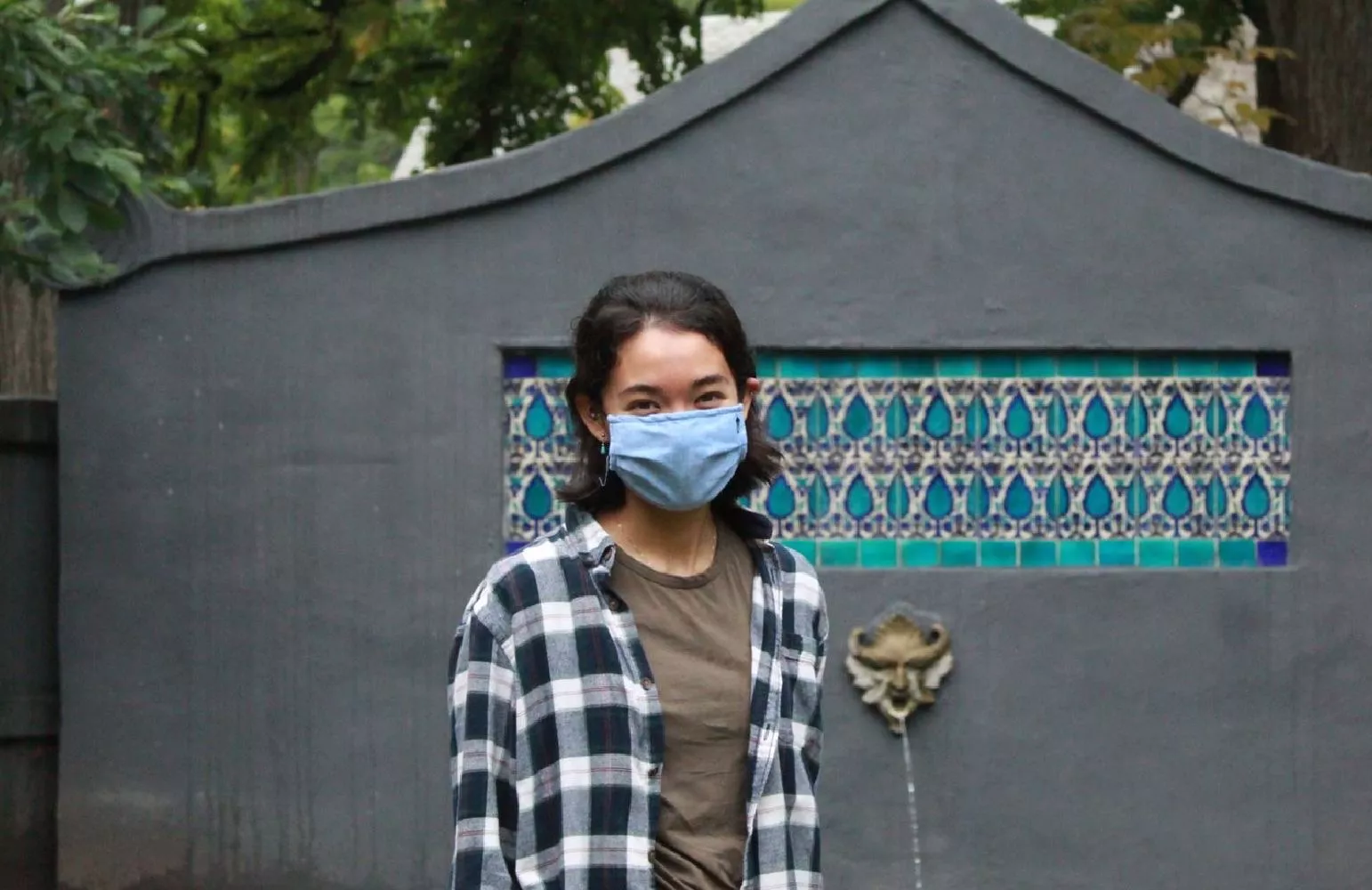
The Hanna Holborn Gray Fellowships offer funded independent research in the humanities. We're highlighting the research of this year's fellows in a series of online profiles.
Kai McGinn '21, Growth and Structure of Cities
"The Wife, the Courtesan, and the Machiya: Investigating the active presence of Edo Period women through spaces of dwelling"
Abstract: Japan’s Edo Period (1603-1868) is heavily celebrated as a two-century long time of peace, modernization, and cultural formation; however, these glories often overshadow the patriarchal expectations that were enforced upon the era’s women, especially the courtesan and the wife. This project aims to counter the itemized understanding of these Edo women by analyzing their relationship with two types of machiyas (urban wooden townhomes): the ageya, an entertainment machiya in which courtesans worked, and the shouka, a combined residential and commercial machiya in which wives lived. The courtesan’s mastery coupled with her client’s cluelessness of the ageya’s labyrinthine circulation allowed the courtesan to situate herself as superior; the wife’s ownership of the shouka’s oku space gave her a position of command that went against expectations of obedience that society had for her. Architectural analyses on the ageya and shouka, as well as text-based analyses on Edo period narratives, serve as evidence to argue both courtesan and wife used the architecture’s modes of circulation to create forms of ownership for themselves that were atypical and unrecognized in Edo Japan.
Was there anything surprising about the work you did?
There were a lot of surprises encountered because I had never studied the roles of Edo women as in depth as I did this summer, and the complexities that went into the tasks of pleasing/entertaining men as a courtesan or serving/obeying men as a wife goes far beyond what is generally assumed by us today. However, something that really struck me was how the Japanese language combined the designated architectural spaces with the female roles, for example, the oku 奥 is the inner, private dwelling that I argue is a place of ownership for the wife, and accordingly, the term for “wife” in Japanese is okusan 奥さん. I had never made this connection throughout my years studying Japanese, and so this, among many other word-space-role relations, was quite exciting to discover.
How will you use your research in future studies?
This research serves as a strong foundation for my Growth and Structure of Cities undergraduate thesis. I also hope to continue working on the relationship between women and space in the Japanese architectural narrative after Bryn Mawr, whether that be through graduate school or other research opportunities.
How did you choose your topic?
Throughout my time at Bryn Mawr, I kept gravitating toward Japanese architecture for final projects or presentations, but had never gotten the chance to study it as deeply as I would have liked. Thus, I chose to look at the Japanese architecture that is usually not in the spotlight like temples, palaces, etc. However, my topic went from wanting to study just the forms and elements of rural Edo period middle-class architecture to pursuing the relationship women have to their architectural spaces. This change resulted from my realizing that women were seldom highlighted in the architectural/Edo history readings I had been doing, and being a Japanese woman myself, I wanted to counter that a bit with my own research.
The Hanna Holborn Gray Fellowships offer funded independent research in the humanities. Each summer, Bryn Mawr College awards up to 15 students a summer fellowship of $4,500 to undertake an independent research project in the humanities or humanistic social sciences. The research may either be the beginning of the senior thesis or a project that stands alone, but is relevant to their intellectual interests and must be supported by a faculty advisor.